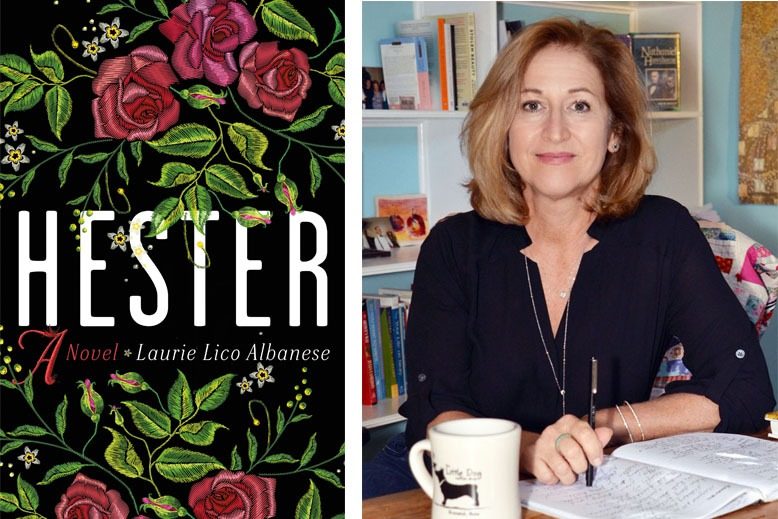
Montclair author Laurie Lico Albanese’s new historical romance, Hester, reimagines the life of Hester Prynne, Nathaniel Hawthorne’s classic heroine in The Scarlet Letter. This modern spin on an old story is rich in surprises and human drama, combining factual history, invention and artistic sensibility.
Hester begins in Scotland in the early 1800s. Isobel, a fanciful child who dreams of Celtic fairies and selkie seals, has synesthesia: the ability to see colors in sound. This gift terrifies her because she believes she has inherited the curse of her ancestor, Isobel Gowdie, who was convicted of witchcraft in 1662.
At 17 years old, the newly married Isobel sets sail for the New World, hoping to escape her family’s dark history. But in an extraordinary coincidence, she lands in Salem, Massachusetts, a town still haunted by the Salem witch trials more than a century earlier.
Hawthorne’s well-known narrative is the starting point for Albanese’s book, but the author takes plenty of sharp and unexpected turns on the way to an unforeseen ending. Young Isobel, already in peril, falls in love with the writer Nathaniel Hawthorne, a man who lives by “the horrors and shadows of his own mind.” She also forges a deep friendship with a woman who harbors a shocking secret.
And while themes from Hawthorne’s story appear in Hester—notably, the consequences of unrestrained passion—Albanese weaves in historically significant events, such as the slave trade in America in the 1800s, the Salem witch trials of 1692, the Scottish witch trials of 1662, and the wave of European immigration that built America.
